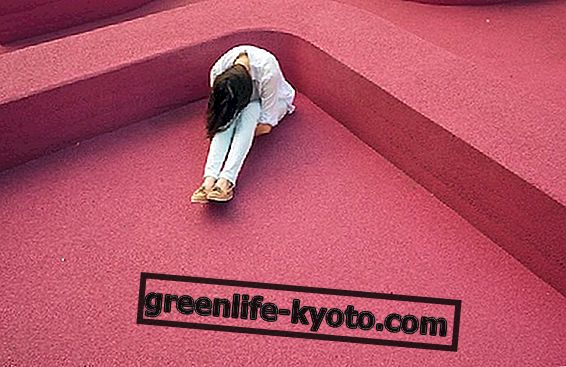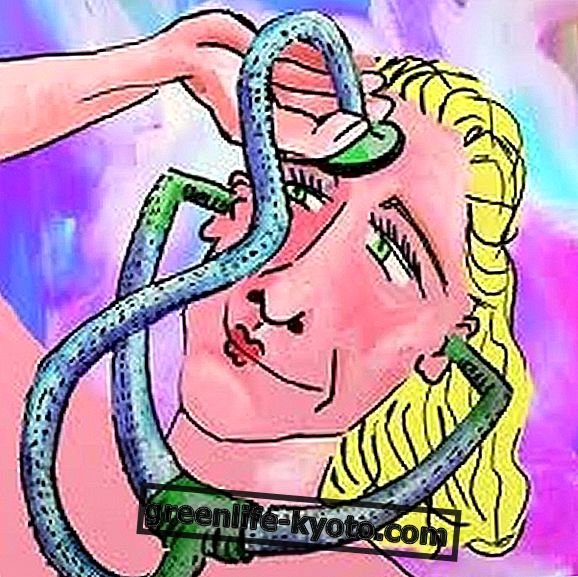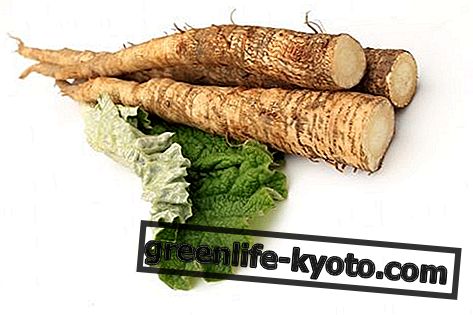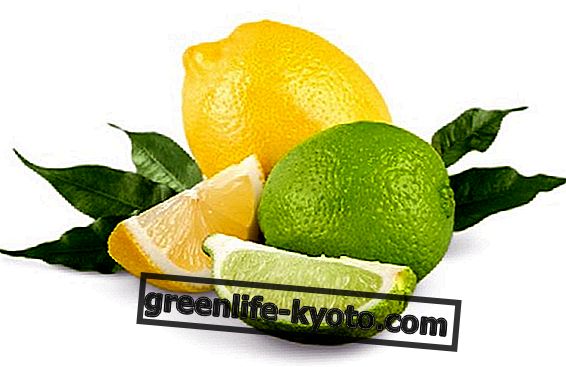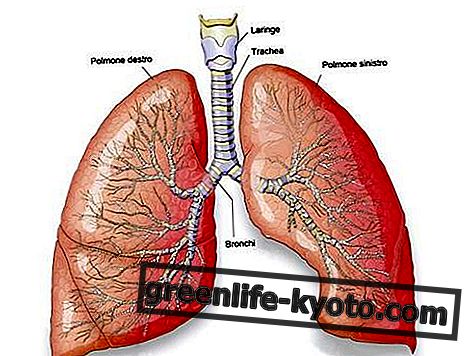
Parabens are preservatives widely used in the cosmetic and food industries. Their use was introduced around 1920 for the antifungal and antibacterial action .
They are found almost everywhere: deodorants, toothpastes, shampoos, bubble baths and in many other products for personal hygiene and make-up. They are found, then, in some foods, for example in mayonnaise or in various ready-made sauces.
The most common are butylparaben, methylparaben, ethylparaben, propylparaben, benzylparaben and isobutylparaben but there are several others.
These substances have for some years been at the center of a heated debate that relates them to breast cancer. But what kind of parabens and cancer should they be in? According to some scientific studies, parabens produce effects similar to estrogens and therefore can influence the endocrine balance of the organism. These effects, according to the results of research conducted to date, would be caused only by parabens absorbed through the skin and not by those taken with food.
Parabens and breast cancer: what scientific evidence
The first study linking parabens and breast cancer dates back to 2004 and was published in the Journal of Applied Toxicology ; the study, conducted by Dr. Philippa Darbre, examined 20 positive breast biopsies and, in 18 of these, found significant concentrations of parabens, especially methyl paraben.
It was argued that a sample of 20 women is very small and that no control group was provided to verify the presence of these substances in healthy women; furthermore, some defects were found in the method by which the trial was conducted. The doubt, however, has remained. And, in fact, several other studies have been completed since then.
The latest study on parabens and cancer, in chronological order, was published in January 2012, in the same Journal of Applied Toxicology. Entitled " Measurement of paraben concentrations in human breast tissue at serial locations" across the breast from axilla to sternum, and also led by Dr. Darbre's team, analyzed 160 tissue samples taken from 40 women who had a mastectomy between 2005 and 2008 following breast cancer. High levels of parabens and, in particular of n-propylparaben, were found in 99% of the sample.
According to the same Dr. Darbre, however, the results obtained do not yet show a certain link between breast cancer and parabens. What has been shown is the presence of parabens in the tissues and further research is needed. All that remains is to wait for other studies and other results .
Parabens: can they be avoided?
Waiting to get certain results that can be done? The use of these preservatives remains perfectly legal in the European Union. On 25 October 2011 Greece launched a question to the European Parliament to ban the use of parabens in cosmetics according to the precautionary principle, as happened in Denmark, where propylparaben and butylparaben can no longer be used in children's products under three years of age.
The European Parliament has responded, for now, with a negative opinion, while underlining the awareness that propylparaben and butylparaben have been included in the SIN list and therefore fall among those substances considered at least problematic.
Avoid parabens, for those who want it, it is however possible, using products for the hygiene of the person completely natural or choosing, reading the labels, those paraben free . Paraben-free cosmetics and detergents are increasingly common and can be bought almost anywhere, even in supermarkets. We must, however, read the INCI very carefully ; in fact the parabens are often also present in creams and cosmetics that carry the words "natural" or "organic".


